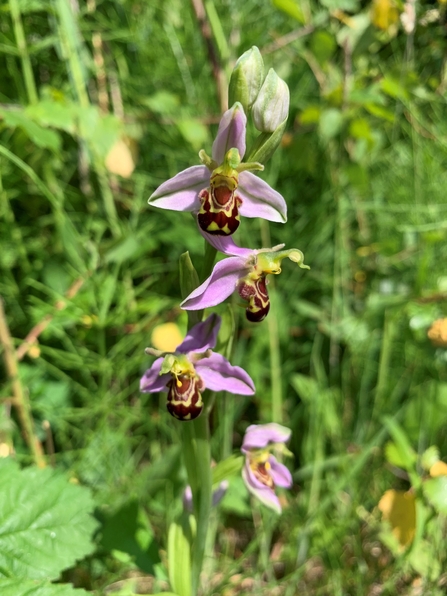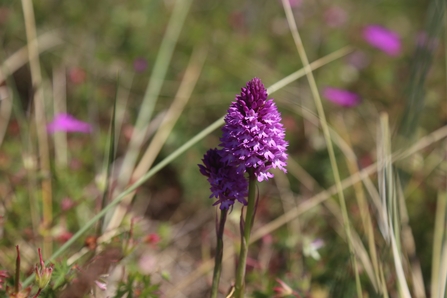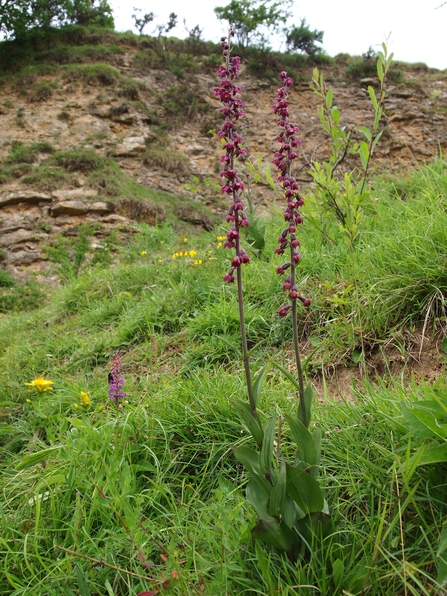When I started my career in conservation, the ‘Vacancy – warden required to guard rare orchid’ advertisement grabbed my attention. Yes, the job was to guard the only known population of the UK’s rarest orchids in Yorkshire: the lady’s slipper orchid. Yorkshire Wildlife Trust is now raising money to grow it and secure its survival.
Years later I found myself researching the lady’s slipper orchid at Durham Wildlife Trust, when I stumbled across an article describing this orchid in the Trust’s Hawthorn Dene Nature Reserve. With sadness I read that in 1926 the last of this stunning plant had been picked and given as a gift to a woman by her admirer. UK law now protects wild plants from being picked in this way, but this story is a stark reminder of the fragility of our natural heritage.
Orchids are one of the most diverse groups of plants on the planet. Over 1,000 genera. More than 25,000 species. They are the largest and most highly evolved family of flowering plants.




